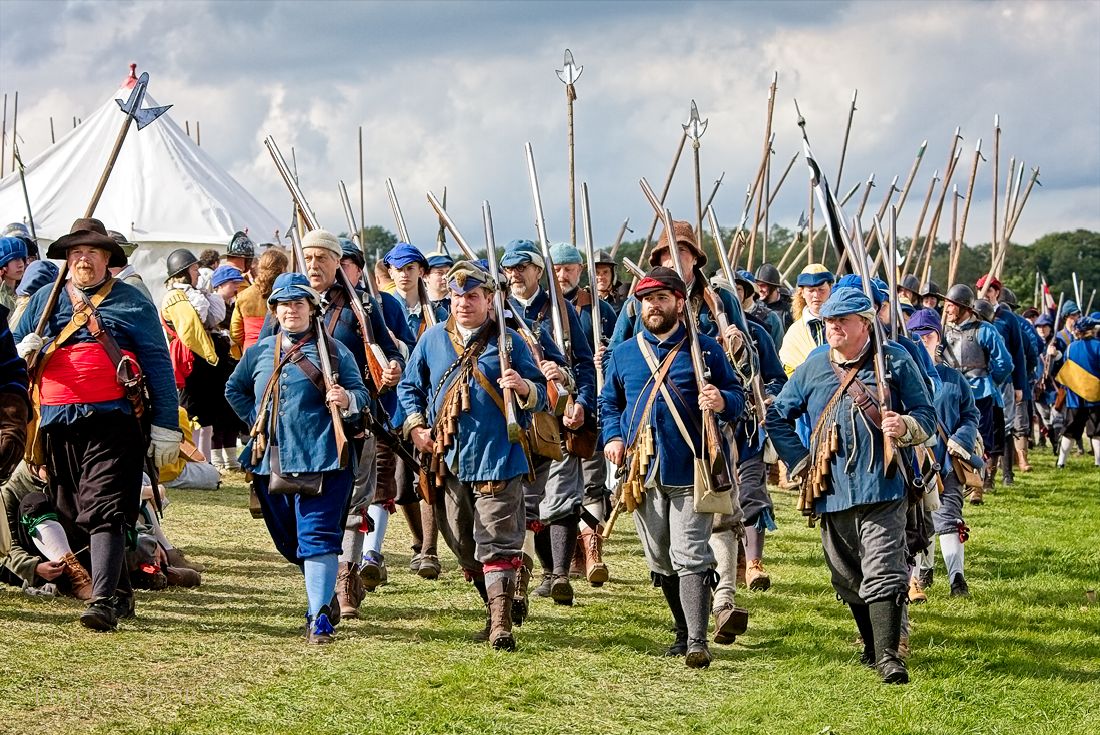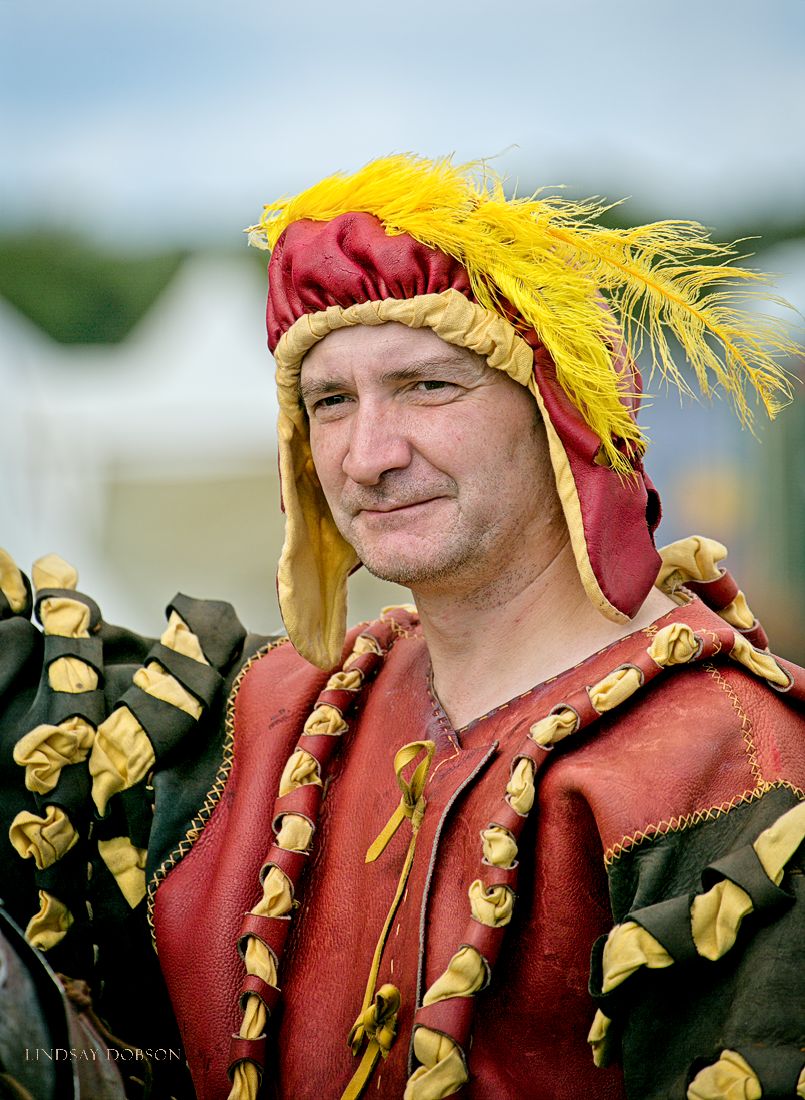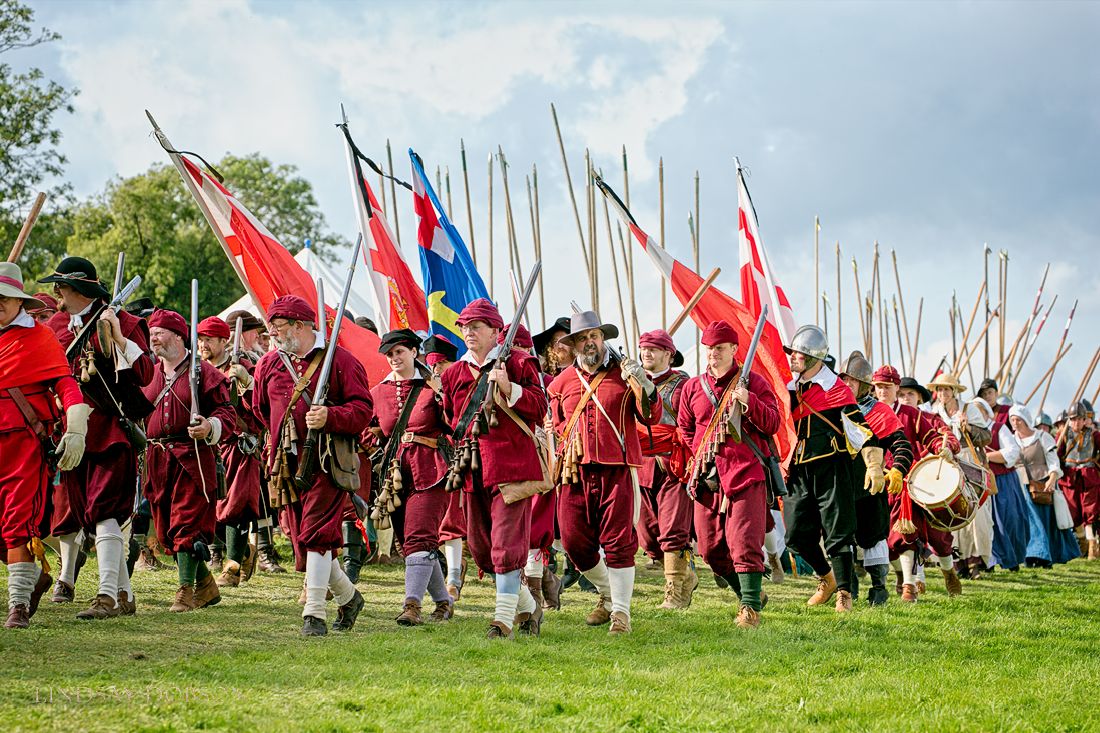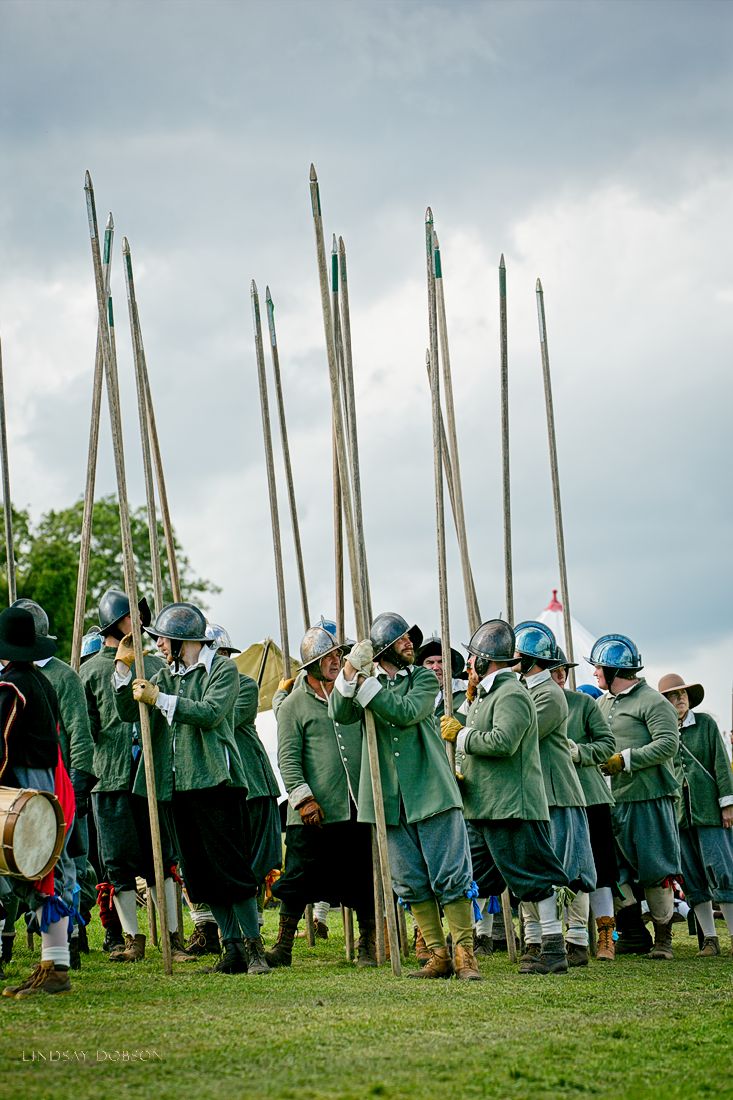Re-enactment Photography The Sealed Knot
Note:
Although this page is a few years old I’ll update it when I get the chance to attend more Sealed Knot events
If you’re my age, then I would imagine the English Civil War is something you remember from your history lessons. I couldn’t stand history when I was at school, probably because it was taught in such a dry and disengaging kind of away. But as an adult it fascinates me and always will. One way of expressing this interest is through historical re-enactments. These events are a dream for both photographers and non-photographers alike. Not only do you get the opportunity to practice taking portraits, storytelling and action photography - but you can learn so much about the era in question. Re-enactments are almost always accompanied by a living history encampment. Here you can learn about how we lived in a bygone age, and how our battles were fought
The Sealed Knot Re-enactment Society - Living History at its Best
At the forefront of re-enactment in the UK is The Sealed Knot society. The battles this particular Society stages are mostly based around the English Civil War. Quite often the re-enactments will also feature an encampment and scenes from the mediaeval period as well. I attended the major battle re-enactments at Glyne in East Sussex (2012), and Loseley Park near Guildford in Surrey (2011). Sadly since then there haven’t been any events within an easy drive of where I live in West Sussex.
Glynde Place is a beautiful setting for the various battles played out by the historic societies in attendance. The event is not just about the Civil War and we saw a prominent and very impressive display from the Napoleonic Association, who really are unspeakably glamorous. The weekend over which the re-enactments are held aren’t just about battle scenes of course, there’s a wonderful living history camp when no detail is spared. See how the troops lived during wartime and interact with the many knowledgeable re-enactors. You’ll see old skills such as spinning, embroidery and lacemaking which makes for a fun learning experience for the whole family.
It’s no surprise that the battles of the Civil War are so popular, it was a turbulent time in our history and it’s estimated that up to half a million people perished as a result. Sussex did not figure prominently in the fighting however most of the iron making of the time was concentrated here, and the region was mostly aligned with the Parliamentarians. As was the case last year, I found myself physically occupying a position on the side of Cromwell’s troops, surely an act of treason given who one of my cousins is! And a great deal of fun they were, too. One of my favourite characters remains the Puritan army’s preacher, a figure of terror to many no doubt. Heaven help you if you’re a scantily clad teenager sitting at the front of the crowd line – prepare yourself for an earbashing the likes of which you won’t have experienced before. Brilliant stuff!
The re-enactment societies are open to everyone, if you fancy what must be an incredibly rewarding and undeniably exciting hobby. You can be male or female (women occupy many of the traditionally male roles) and entire families can take part. Many regiments comprise the Sealed Knot, and it is by far Europe’s most prominent re-enactment body. It’s been around for a few decades and is an educational charity where learning about history and making friends go hand-in-hand. You can join whichever side you fancy, be that Parliamentarian or Royalist (Roundheads or Cavaliers). There are countless different regiments to choose from and there is no requirement that you take part in the actual battles, there are plenty of other important posts to be fulfilled.
I never cease to be amazed by the sheer scale of the Sealed Knot battles. It takes a good hour just to muster the troops, with the Parliamentarians entering the battlefield from one side and the Royalists from another. I’ve never quite figured out where all the troops come from, there are literally thousands of them. Crouching and photographing by the entrance to the battlefield just beyond the footfall of the regiments is certainly a stirring experience. The photographs really can’t convey the numbers, particularly as the scenes on the battlefield represent the various skirmishes.
A heartfelt thanks to the many amazing re-enactors who make this event so memorable and special. And to my regular readers, if you enjoy history then do make an effort to attend one of these re-enactments, the societies deserve all the support they can get and you’re guaranteed a marvellous day out.
Tips for Historical Re-enactment Photography
I’m sometimes asked why I can get such clear photographs. Sometimes it’s assumed that I have some sort of special access. I don’t, I’m attending as a member of the public just like everyone else. There are certainly things you can do to help you get pleasing pictures:
Backgrounds - Before you take any photos look at what’s behind your subject. Are you seeing a load of parked cars or food tents? If you are, move your position or reframe (zoom in more tightly)
Lens Choices - I’ve always been a long lens kind of person and for re-enactment photography I find my normal portrait setup of a 70-200mm lens (in FX terms) a little limiting for the kind of pictures I prefer. For most of the photographs you’re seeing here, I was using the Canon 70-300L or the 70-200 f2.8L with a x1.4 teleconverter. This tele-converter does degrade image quality a little, but only if you really scrutinise your pictures. Another benefit of a telephoto lens is that it ‘compresses’backgrounds. This means the effect of a busy or cluttered background can be minimized. It also helps to isolate your subject if there is one particular person you want to concentrate on
Camera Choice - this really doesn’t matter so long as you can get the focal length you want via your lens. You don’t need accurate continuous autofocus, but fast single autofocus is very helpful since many of your targets will be moving. Otherwise, zone focusing can be the easiest option. For these photographs I was using a Canon 5D MkIII and my 40D. For the re-enactment photography have done in more recent years I’m using my Micro 4/3 setup
Subject Choices and Timing - well, you’re spoilt for choice on this one. Take time to pause and wait for your moment. Wait until the re-enactor is doing something interesting, or engaging with someone or something. Wait until the person with the bright pink rucksack in the background has moved onward. Be ready to hit the shutter quickly. There’s nothing wrong with occasionally asking a re-enactor to pose for you, providing he or she isn’t busy preparing for the battle
Variety - don’t keep taking the same old mugshots. There are so many opportunities to create a story of the battle - from close-up portraits to entire regiments, and fighting scenes. The fighting scenes have to be some distance from the crowd line for safety purposes, hence my recommending a good telephoto lens
Post Production - this is really important in helping to enhance the mood of your photographs. Sometimes it can be effective to slightly desaturate the images or to give them a gritty feel. Or you can selectively pump up some colours. I tend not to use black and white very often in my re-enactment work because colour is such an important element of the uniforms. Postproduction is also the time when you may need to minimise highlights and lift shadows a little. This is likely to be the case if you find yourself shooting on a very sunny day
Light - we have to take that as we find it. You might encounter blaring sunshine (and all of the problems inherent to high contrast mid-day photography) or it might be dull and damp. Get your bearings with the light when you arrive. Familiarise yourself with which way the sun is moving and where you might want to position yourself at different parts of the proceedings. These events take place through the middle of the day when the light is often harsh and lacking in interest. For that reason a slightly overcast day will give you the most options
If you have an interest in medieval re-enactments then this post might interest you: Castle Siege Medieval Reenactment Photography
























































